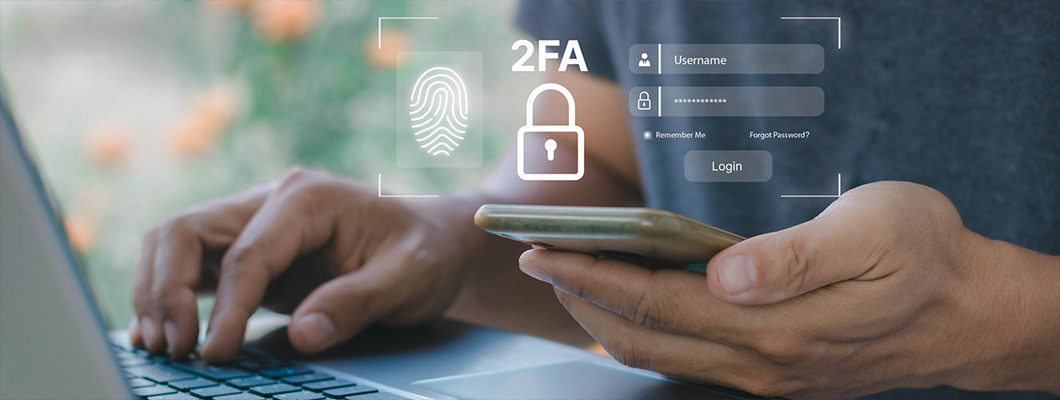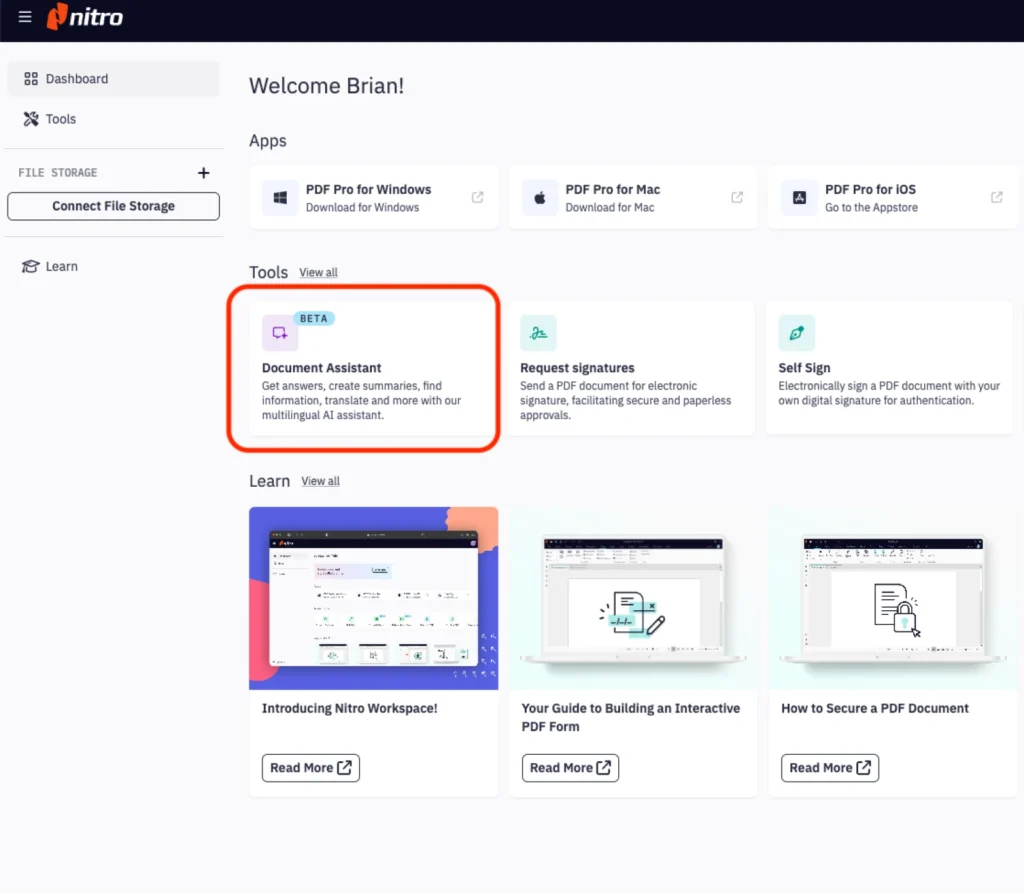Two-factor authentication (2FA) made its debut in the 2000s as a pivotal step towards bolstering online security. It introduced an additional layer of verification, including security keys or mobile codes, to fortify our digital defences. The establishment of 2FA Day in 2022, celebrated on February 2nd, aims to raise awareness about the crucial role it plays in safeguarding against identity theft and financial fraud.
In this blog post, we embark on an in-depth exploration of 2FA and delve into its advanced counterpart, Multi-factor Authentication (MFA).
THE NECESSITY OF MULTI-FACTOR AUTHENTICATION
In a bygone era, relying solely on passwords sufficed for safeguarding our online accounts. However, the evolving digital landscape has exposed the vulnerabilities of this approach. Usernames and passwords are now susceptible to compromise through phishing attacks, password sharing, or credential stuffing.
Multi-factor authentication (MFA) steps in as the solution to these security shortcomings. MFA introduces an additional layer of protection that significantly reinforces our defences, particularly when one authentication factor is compromised. MFA necessitates not only a password but also supplementary identity verification steps to grant access. This added layer acts as a formidable barrier against brute force attacks, phishing attempts, and the misuse of stolen credentials.
By mandating this extra identity confirmation, MFA plays a pivotal role in thwarting account takeovers, preventing data breaches, and combating fraud stemming from stolen login details. As business operations increasingly migrate online, MFA stands as the cornerstone of enhanced security, offering protection for remote workers, securing cloud applications, fortifying online transactions, and more.
HOW MULTI-FACTOR AUTHENTICATION WORKS
MFA is an integral component of authentication services, demanding multiple authentication factors for successful verification.
2FA, a subset of MFA, mandates the use of two of these factors for user identification.
Today, we witness the emergence of Adaptive Multi-Factor Authentication (AMFA), an advanced authentication method that builds upon traditional MFA. AMFA brings dynamism into the mix by incorporating user behaviour and context analysis, harnessing machine learning and a behavioural analytics engine. Over time, this AI-driven engine familiarises itself with a user’s typical behaviour, establishing it as a baseline for evaluating current activities. Consequently, a risk score is generated, enabling integration into an access control policy.
For example, access may be granted seamlessly with a low-risk score, prompt for MFA with a medium score, and access will be denied in case of a high score, simultaneously alerting IT security. This adaptive system offers proactive defence against potential threats while ensuring flexible access control.
.png)
Notably, biometrics is a key factor used in MFA, encompassing characteristics such as fingerprints, retinal scans, gait analysis, and daily routines. These elements serve as additional factors to verify one’s identity, eliminating the need for physical tokens like cards or key fobs.
ENHANCING USER EXPERIENCE WITH MFA
Rather than adopting a constant “always-on” approach to MFA, organisations are encouraged to embrace adaptive or step-up strategies to enhance the user experience. In this context, MFA is only invoked when necessary.
Step-up authentication relies on predefined criteria like the time of day, geographical location, and device familiarity. If the user’s context doesn’t align with these rules, the authentication process may trigger MFA, prompting the user to provide a second factor for added identity assurance.
In contrast, adaptive authentication, also known as risk-based authentication, takes a dynamic approach. It continually builds a user behaviour profile and compares ongoing activities against this baseline to calculate a risk score. When the risk score exceeds a certain threshold, the authentication process activates MFA as an additional security measure.
PRACTICAL APPLICATIONS OF MFA
Multi-factor authentication serves a multitude of critical purposes. This security measure requires users to provide multiple authentication factors before granting access, significantly enhancing security. Here are some key applications:
DIGITAL SIGNATURES:
MFA plays a pivotal role in ensuring the legitimacy of digital signatures and upholding the highest security standards. By demanding multiple forms of authentication, it verifies the authenticity of signatories and fortifies the overall security of the digital signing process.
Several leading companies have incorporated 2FA to enhance security within eSigning workflows and document management. Pioneers in this space include Nitro, DocuSign, and Foxit.
USER DATA PROTECTION:
MFA provides an additional layer of defence for user data by requiring multiple authentication factors for access. This heightened security makes it substantially more challenging for unauthorised individuals to compromise sensitive information. Implementing MFA empowers organisations to bolster the security of user data, minimizing the risk of unauthorised access and data breaches.
ENTERPRISE SECURITY:
In the realm of enterprise security, especially with the rise of remote or home-based work, MFA proves indispensable for securing access to organisational networks, including VPN connections. By demanding diverse authentication elements such as passwords, email or mobile device verification codes, or biometric verification, MFA significantly enhances the security of remote network access. This, in turn, mitigates the risk of unauthorised entry and potential security breaches.
Numerous industry leaders prioritise user data protection and enterprise security through the implementation of 2FA. Esteemed organisations such as GoTo, TeamViewer, Delinea, LastPass, 1Password, Miro, Smartsheet, BrowserStack, Bluebeam, Hornetsecurity, Tricentis, AnyDesk, and JFroghave embraced 2FA to fortify their defences and safeguard sensitive information.
By implementing these best practices and understanding the intricacies of Multi-Factor Authentication (MFA) and its advanced adaptations, individuals and organisations can fortify their online identities, protect sensitive data, and ensure robust security in an increasingly digital world.
Sources:
Delinea | Terranove Security | Secured Signing | Watch Guard Blog | TechTarget

.png)

